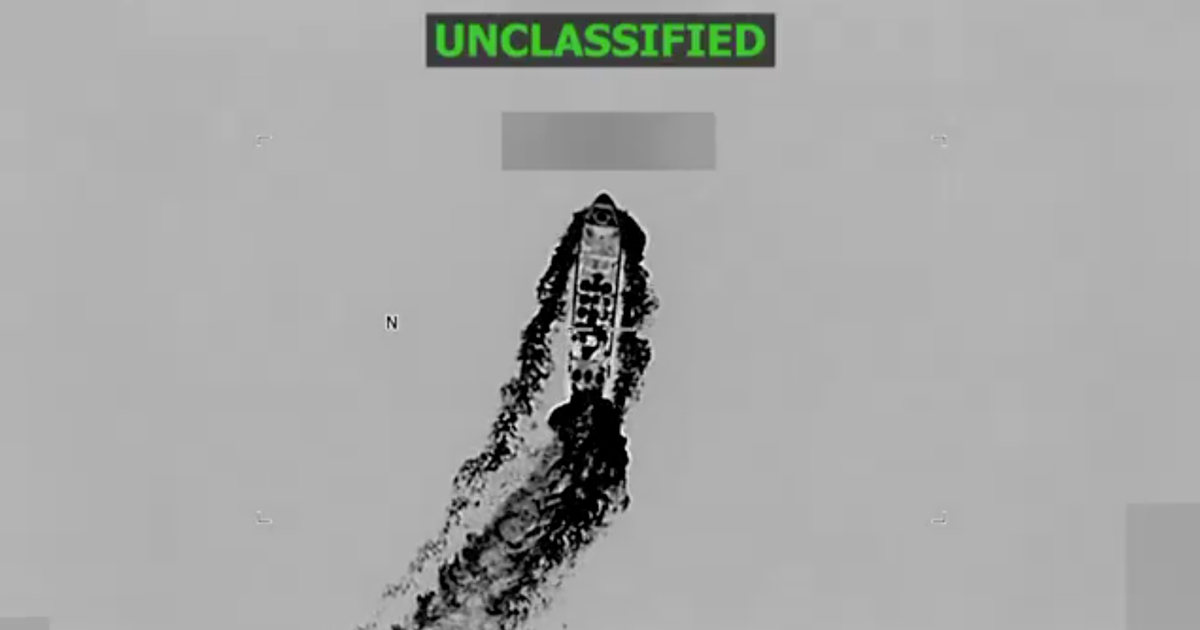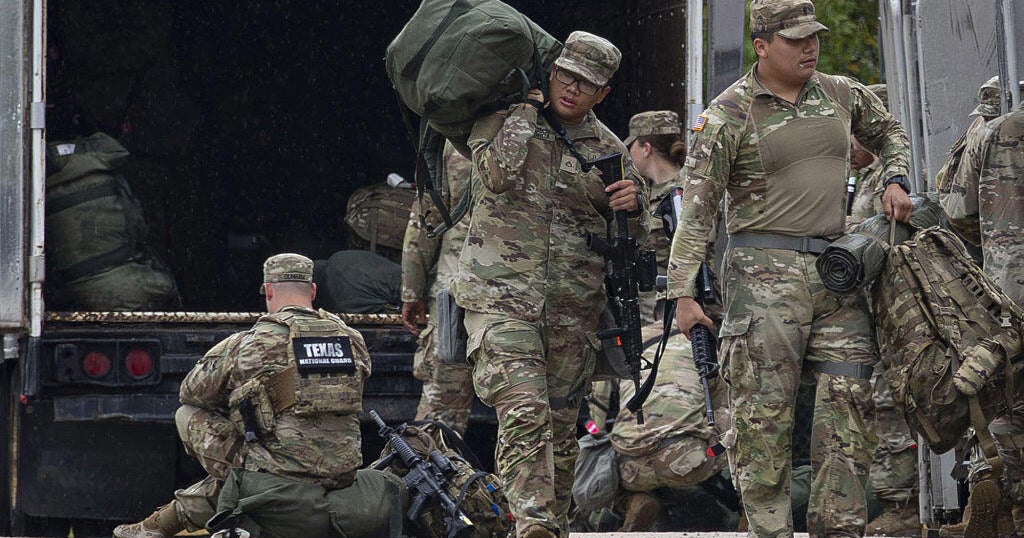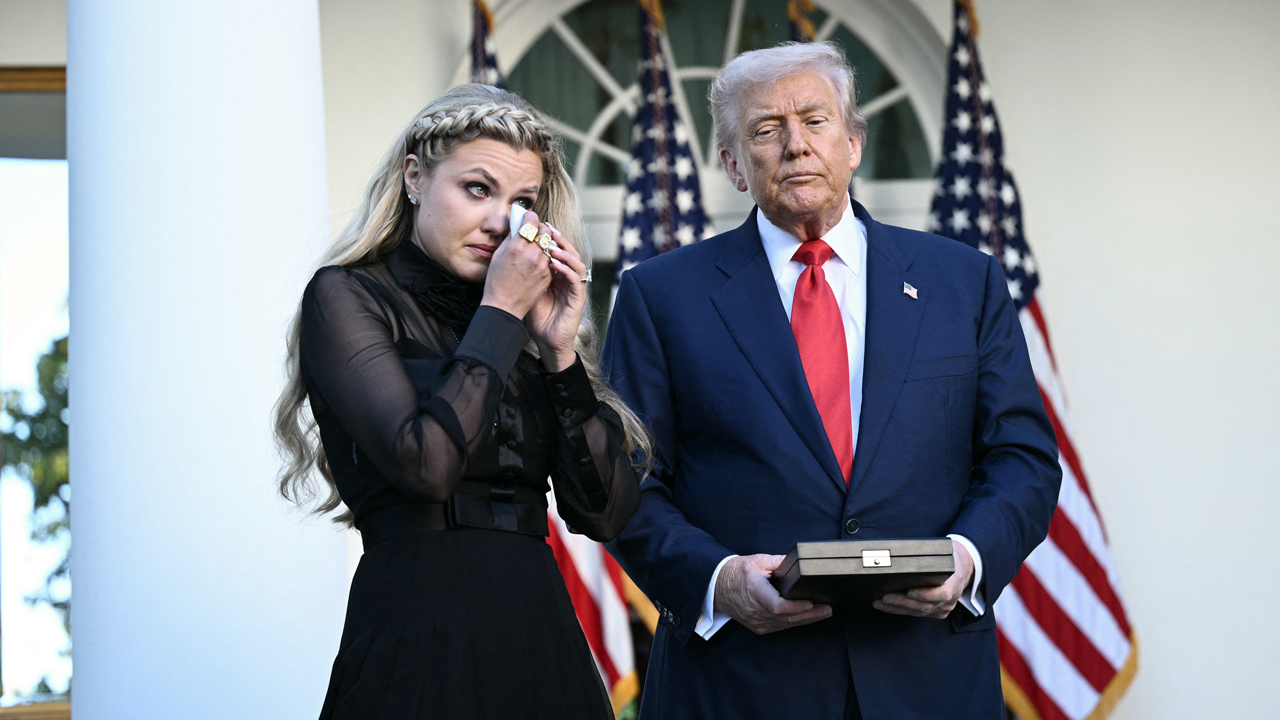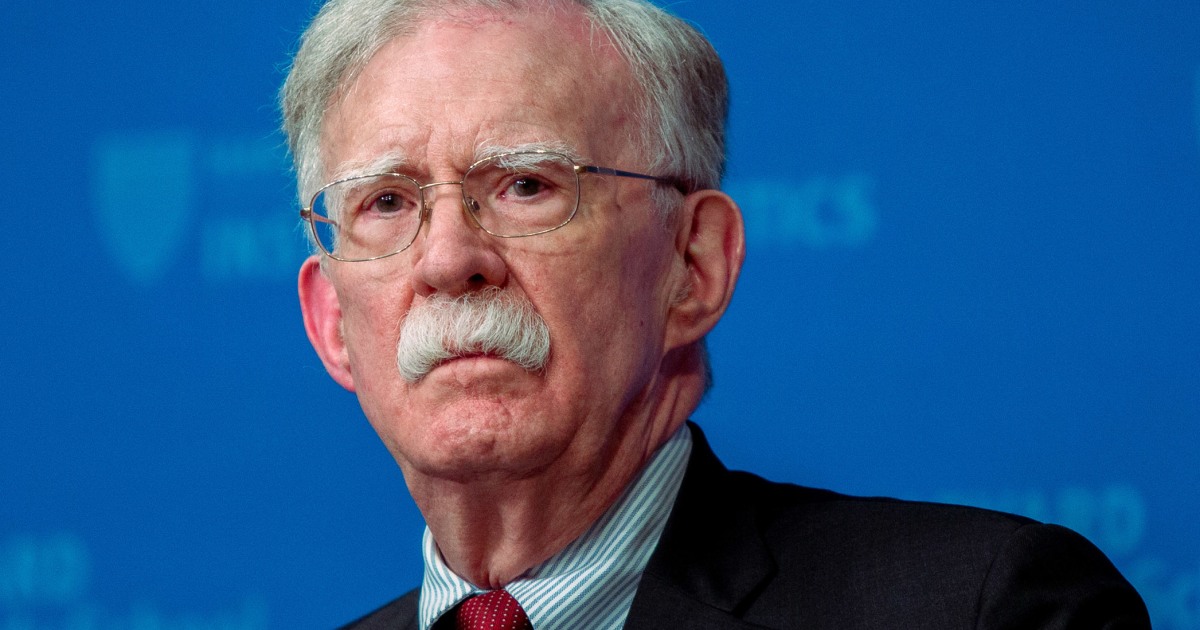Caribbean Drug Strikes Escalate Tensions with Colombia and Venezuela

Introduction
The Trump administration has escalated its efforts against alleged drug trafficking by striking another vessel in the Caribbean, marking the seventh such operation since last month. This latest strike resulted in the deaths of three individuals, according to announcements from the U.S. military.
Key Details
The operations have been part of a broader strategy to combat drug trafficking in the region. However, these actions have also raised tensions with neighboring countries, including Colombia and Venezuela. The U.S. military's aggressive stance has been met with criticism, including allegations of overreach and unintended casualties.
Impact
The ongoing military actions have significant geopolitical implications, straining relations with regional leaders. Colombia's President Gustavo Petro has publicly criticized the U.S. for its actions, highlighting the need for diplomatic solutions to address drug trafficking issues effectively. This situation underscores the complexities of international law enforcement efforts.
About the People Mentioned
Gustavo Petro
Gustavo Francisco Petro Urrego, born April 19, 1960, in Ciénaga de Oro, Colombia, is a Colombian politician and economist who has been serving as the president of Colombia since August 7, 2022. He is the country’s first left-wing president. Petro began his political involvement as a member of the Marxist guerrilla group 19th of April Movement (M-19) in his youth but later transitioned into formal politics following the group's demobilization and transformation into a political party. Petro’s political career includes terms as a member of the Colombian House of Representatives (1991–1994, 1998–2006) and as a senator (2006–2010, 2018–2022). He was mayor of Bogotá from 2012 to 2015, where he focused on social programs targeting poverty reduction, environmental protection, and public safety, including banning firearms in the city to reduce violence. His tenure as mayor was contentious; he was briefly removed from office in 2013 over management issues but was reinstated after public protests and legal challenges. Petro ran unsuccessfully for president in 2010 and 2018 before winning the 2022 election as the candidate of the leftist coalition Historic Pact for Colombia. His 2022 campaign emphasized climate change action, including ending fossil fuel exploration, social justice reforms, and peace-building initiatives aimed at addressing Colombia’s longstanding internal conflicts. His administration focuses on reducing inequality, reforming healthcare and pensions, promoting sustainable economic development, and pursuing comprehensive peace through dialogue with armed groups. Petro’s vice president, Francia Márquez, is the first Black woman to hold that office in Colombia. Since taking office, Petro has faced political challenges in Congress and from conservative sectors but remains a pivotal figure in Colombia’s political landscape, seeking to transform the country’s social and economic policies[1][2][4][5][6][8][9].
About the Organizations Mentioned
U.S. military
The **U.S. military** is a vast and multifaceted organization tasked with defending the United States and its interests globally through land, sea, air, space, and cyber operations. It comprises six main branches: the Army, Navy, Marine Corps, Air Force, Space Force, and Coast Guard, each with specialized roles ranging from ground combat and naval dominance to space operations and maritime security[1][3]. Historically, the U.S. military has evolved from its Continental Army roots during the American Revolution into the world's most powerful and technologically advanced military force. It operates under the Department of Defense (DoD), headquartered at the Pentagon in Virginia, and functions under civilian oversight through the Secretaries of the Army, Navy, and Air Force. The Coast Guard operates under the Department of Homeland Security in peacetime but can be transferred to the Navy during wartime[1]. As of early 2025, the U.S. military includes approximately **2.86 million personnel**, making it the third-largest active military worldwide by size, following China and India. This includes about 1.31 million active-duty troops and nearly 765,000 National Guard and Reserve members. The Army remains the largest branch, followed by the Navy, Air Force, Marine Corps, Coast Guard, and the newly established Space Force[2]. Despite reductions since the Vietnam War peak, the force remains robust and technologically advanced, continuously modernizing to address evolving global threats[5][6]. Key achievements include maintaining unmatched global power projection capabilities, pioneering advanced technologies in aerospace, cyber warfare, and intelligence, and successful coordination in multinational operations such as NATO missions. The military’s strategic initiatives like the Army Modernization Strategy and the integration of new space and cyber capabilities underscore its commitment to future readiness and multi-domain operations[5]. Currently, the U.S. military is undergoing reforms and expansion plans such as the proposed Project 2025, which aims to increase the Army’s size by 50,00









